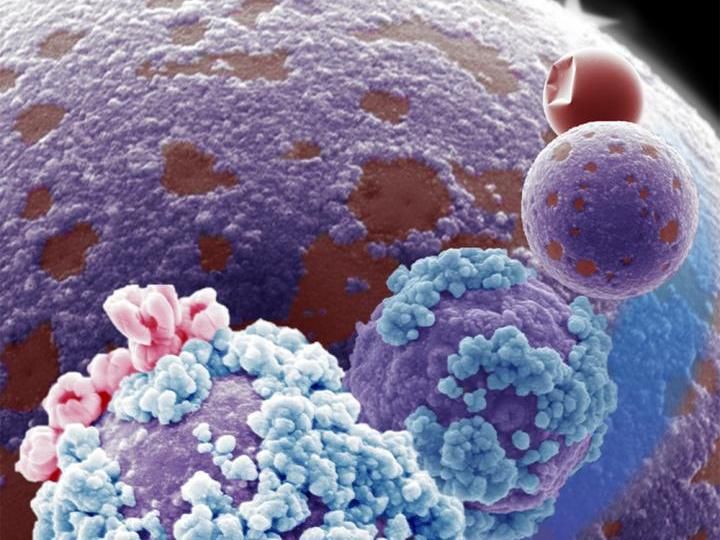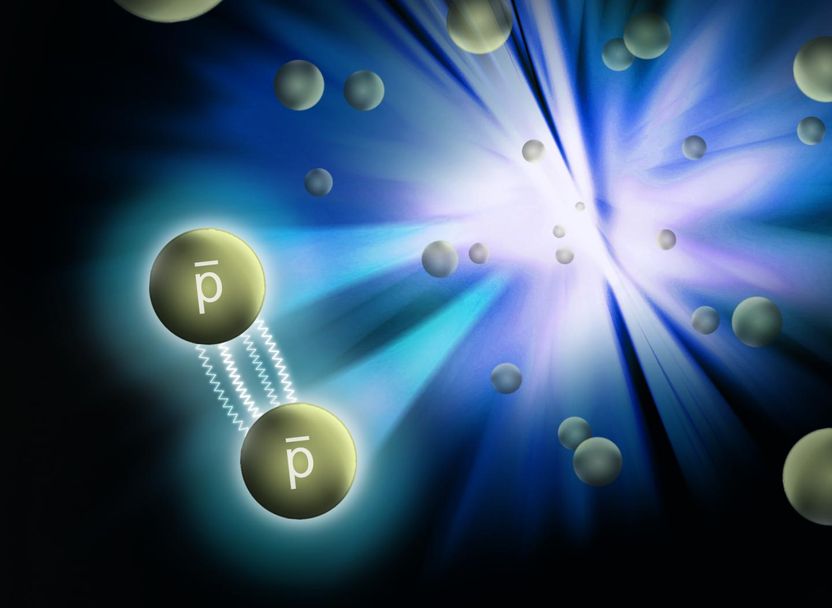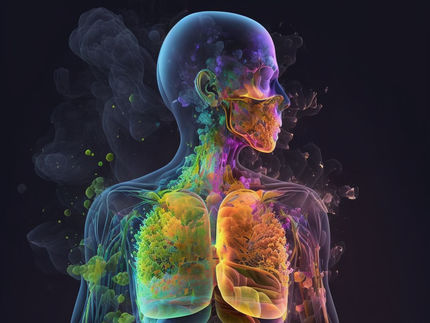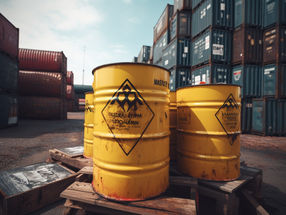MAK value lowered for chlorinated biphenyls
Chlorinated biphenyls (PCBs) are a group of substances for which the 2012 List of MAK and BAT Values submitted by the Senate Commission for the Investigation of Health Hazards of Chemical Compounds in the Work Area of the Deutsche Forschungsgemeinschaft (DFG, German Research Foundation) specifies new, and in this case, significantly lower values than previously recommended. The current list, which was presented to the German Federal Minister of Labour and Social Affairs as in every year, and which is the basis for legislation on protection of health in the workplace, included new data on 94 substances. These data are based on detailed scientific research and transparent decision-making processes. The List of MAK and BAT Values is also available under open access for the first time, as are all publications of the Commission since the beginning of this year.
That PCBs are toxic and carcinogenic has long been known. The "Stockholm Convention" banned these substances in 2001, which had been used up to the 1980s as hydraulic fluids in capacitors and in other electronic components, for example. Now the Senate Commission once again has to deal with this group of substances because of disposal problems. On the basis of current data, the Senate Commission suggests a drastic reduction of the MAK value for higher chlorinated biphenyls (with more than four chlorine atoms attached) from 0.1 to 0.003 mg/m³. The Commission has also classified the group of substances as carcinogenic. However, classification into Carcinogen Category 4 means that no contribution to the cancer risk in humans is to be expected if the MAK value is observed. The same applies to the effect on germ cells. A MAK value has yet to be determined for mono-, di- and trichlorinated biphenyls in this regard; they will continue to be monitored by the Commission. All chlorinated biphenyls should be avoided during pregnancy.
MAK values indicate the amount of a substance – either in the form of gas, vapour or aerosol in the air at the workplace – that will not cause adverse effects in the long term. In addition, the MAK list indicates whether these substances can cause cancer, damage germ cells or a foetus during pregnancy, sensitize the skin or the respiratory tract or be absorbed through the skin. The list also indicates the concentration of a substance in the body to which a person can be exposed for the duration of his or her working life without adverse effects on health (BAT values). The "Biologische Leit-Werte" and the "Biologische Arbeitsstoff-Referenzwerte" (BLW or BAR values) are also described.
Substances for which data are not available for an assessment are not assigned a MAK value. Some substances were removed in 2012 due to new information, for example camphor and silicon carbide. The values for these two materials were from the 1950s and have now been reviewed and subsequently rejected. The Commission re-examined the substance acetone as well. This did not result in a changed MAK value, but yielded a new assessment based on new data that a risk during pregnancy cannot be excluded even if the MAK value is observed. But not every review results in a lowering of the values: In the case of carbon tetrachloride, current studies served to reaffirm the previously defined value.
Scientific comments on the documentation for all new entries and changes in the 2012 List of MAK and BAT Values, including new scientific data when indicated, may be submitted until 31 December 2012. Only then will the Senate Commission officially adopt the proposed values and their documentation as the basis for legislation on health protection at the workplace. Compilation of the List of MAK and BAT Values is part of the DFG's mission to provide policy advice to public authorities on questions relating to science and research, as laid down in its statutes.
The publication of the 2012 List of MAK and BAT Values is a further step in the provision of electronic research data via open access. It supplements the "MAK Collection" of the Senate Commission for the Investigation of Health Hazards of Chemical Compounds in the Work Area, which already contains data and detailed scientific documentation for more than a thousand substances, available online free of charge for users. The information is available on the website of the DFG's contract partner, the Wiley-VCH Verlag.
Organizations
Related link
Other news from the department politics & laws

Get the chemical industry in your inbox
By submitting this form you agree that LUMITOS AG will send you the newsletter(s) selected above by email. Your data will not be passed on to third parties. Your data will be stored and processed in accordance with our data protection regulations. LUMITOS may contact you by email for the purpose of advertising or market and opinion surveys. You can revoke your consent at any time without giving reasons to LUMITOS AG, Ernst-Augustin-Str. 2, 12489 Berlin, Germany or by e-mail at revoke@lumitos.com with effect for the future. In addition, each email contains a link to unsubscribe from the corresponding newsletter.
Most read news
More news from our other portals
Last viewed contents
Activin
TGF_beta
Basell launches new Metocene metallocene-based polypropylene grade targeted to customer TWIM
Eindhoven researchers observe shell growth thanks to 'ion sponge' - Revolutionary microscope technology confirms 30-year-old theory
Pfizer Acted Responsibly In Sharing Celebrex Alzheimer's Study Data With FDA - Public Citizen Charge is Misleading and Unfair to Patients
R&D for Next-Generation Solid State Batteries - Partnership between Fraunhofer and Hydro-Québec

Engineers develop 'chameleon metals' that change surfaces in response to heat
Hitachi selects Agilent Technologies' microarrays for pharmaceutical research
Operation_Antler_(Porton_Down_investigation)

Physicists measure force that makes antimatter stick together





























































